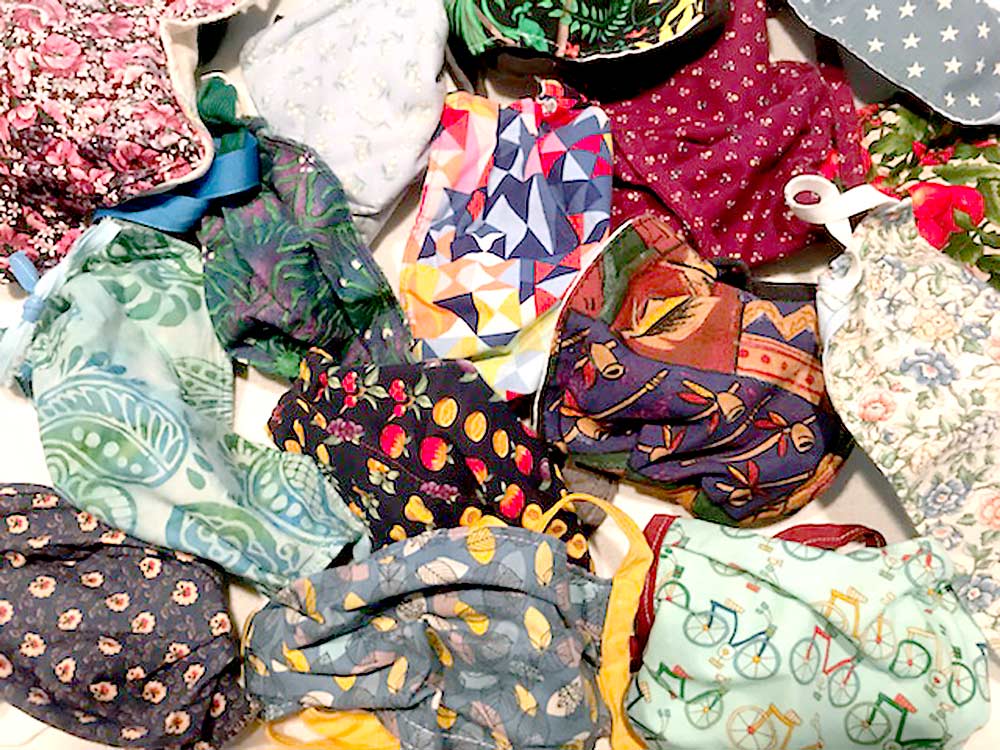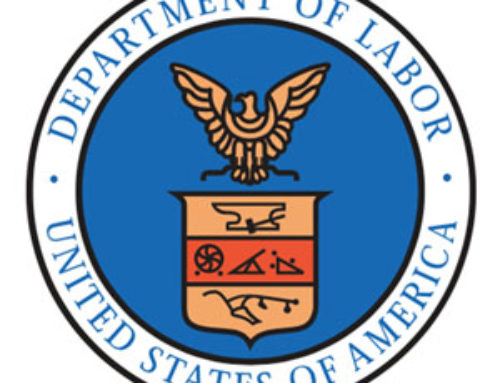
As agricultural workers head into the field this year, they will often be doing so behind face masks to protect nearby co-workers from the potential transmission of the coronavirus, the virus that causes COVID-19. For thousands of workers in New York, their masks arrived by way of the Cornell Farmworker Program and dozens of volunteers.
The mask project arose following COVID-19 webinars and question-and-answer sessions the Cornell Farmworker Program set up to connect workers with health care professionals at the regional Finger Lakes Community Health clinic.
“Immediately people were texting about how farmworkers are essential workers and everyone in New York state was told to wear face coverings, but they didn’t have them,” said program director Mary Jo Dudley. “Other people were sewing masks for people working in hospitals or in the food service or delivery, but nobody was thinking about farmworkers, so they started cranking them out.”
Dudley contacted a group of mask-making volunteers to see if they could help. Cornell students also offered to start sewing masks for agricultural workers. In addition, two Cornell professors volunteered to coordinate the mask-making effort and use their experience — in engineering and in fabric and design — to draw up initial specifications for the masks. The professors are continuing to adjust those specs based on feedback from farmworkers, and even developed a mask design for hotter summer weather, Dudley said. Their recommendations for making a hot-weather mask include:
—A single layer of fabric, rather than two.
—Cotton cloth.
—An aluminum-strip sewn into the nose bridge area to form a tight fit, which also helps prevent fogging of glasses.
—Two pairs of ties, rather than elastic bands, to also help form a good seal.
—An overall shape that only touches the face from the jawbone to over the nose — the recommend 7 inches from nose to chin — and is propped forward in a somewhat cone shape to provide an airspace.
The whole idea, Dudley said, is to make a good-fitting and comfortable mask so workers will continue to use them. She also noted that whenever they remove a mask during the day, such as for a lunch break, they should switch to a clean one.
By late June, the project had provided 4,400 cloth face masks to agricultural workers throughout the state. Besides the masks, the Cornell Farmworker Program also put together an illustrated handout in English and Spanish to instruct workers on proper use and washing of the masks.
More information about the program, including the face mask design and handout, is available by contacting Dudley at farmworkers@cornell.edu.
—by Leslie Mertz






Leave A Comment